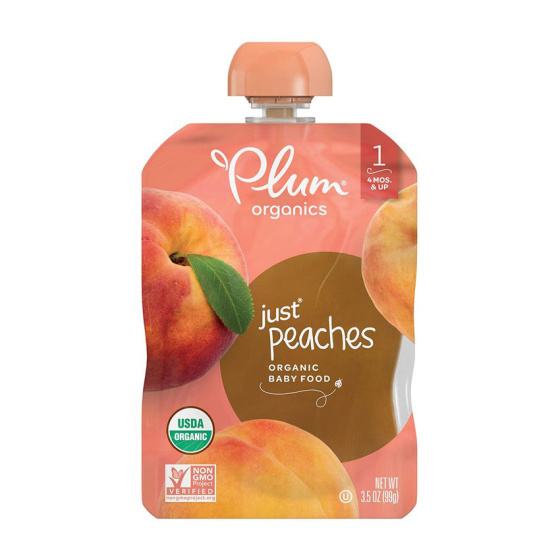Surface Treatment Technology and Printability Analysis of Foil Aluminum Bags
Release time:
2025-11-25
Foil aluminum bags, as high-barrier composite packaging materials, are widely used in the food, pharmaceutical, chemical, and electronics industries.
Foil aluminum bags, as high-barrier composite packaging materials, are widely used in the food, pharmaceutical, chemical, and electronics industries. Their excellent moisture-proof, oxidation-proof, and light-blocking properties make them important in high-quality packaging. However, due to the metallic texture, high smoothness, and strong chemical stability of aluminum foil, direct printing often fails to achieve good adhesion and visual effects. Therefore, appropriate surface treatment technologies are necessary to improve printability and ensure the stability and aesthetics of subsequent processing.

Common surface treatment methods in foil aluminum bag production include corona treatment, coating treatment, and spray undercoating. Corona treatment is the most common method, using high-frequency, high-voltage discharge to change the energy of the aluminum foil surface, allowing ink to better wet the material and improve adhesion. Corona treatment is convenient and low-cost, but its effectiveness is closely related to equipment stability, environmental humidity, and the material's structure, requiring strict control of process parameters.
Coating treatment improves printability by applying a layer of resin or coating with good adhesion to the aluminum foil surface. Coating improves surface roughness, making ink penetration and adhesion easier, while also enhancing material abrasion resistance and print durability. For foil aluminum bags requiring high-precision printing or complex visual effects, such as high-gloss packaging for food brands, coating is particularly crucial.
For packaging with higher color performance requirements, a spray-coated undercoat is used to create a uniform base color on the aluminum foil surface, making the printed pattern more vibrant and avoiding the interference of metallic luster on visual presentation. This treatment must ensure a uniform undercoat; otherwise, quality problems such as color difference and peeling can easily occur.
Regarding printability, in addition to surface treatment processes, the ink system is also critical. Solvent-based inks are most common in aluminum foil printing, offering good adhesion and weather resistance; while industries with higher environmental requirements are gradually adopting water-based and UV inks, but these require more refined surface treatments to achieve stable results.
The surface treatment and printability of foil aluminum bags directly affect the visual quality, durability, and brand presentation of the packaging. By appropriately selecting corona treatment, coating, or undercoat technologies, and combining them with suitable ink systems, companies can significantly improve product consistency and market competitiveness.
Related News






